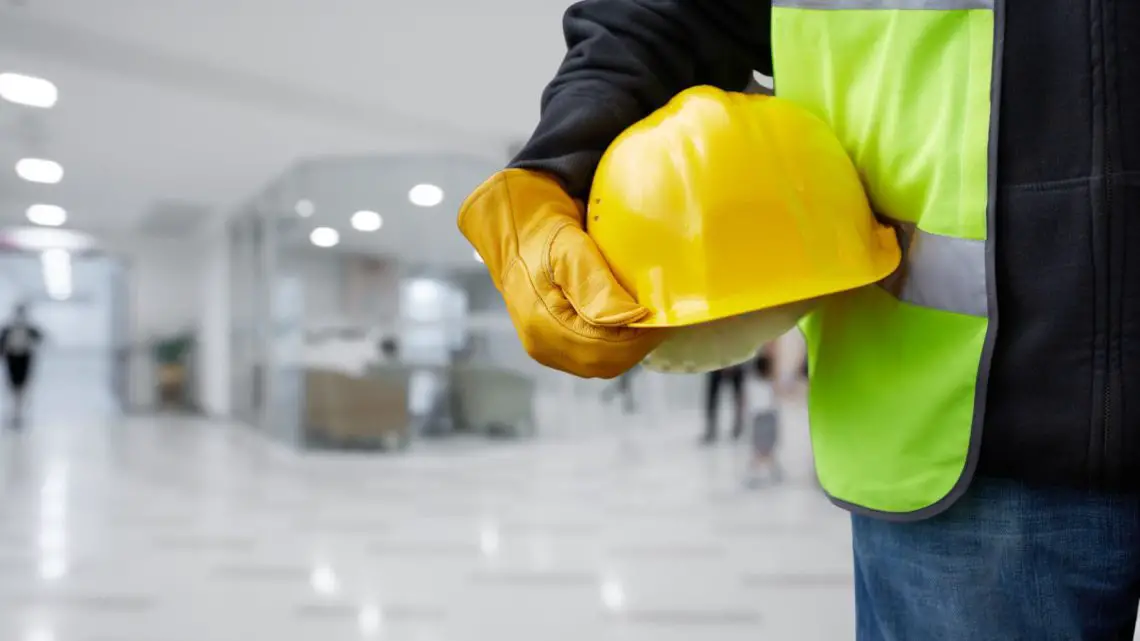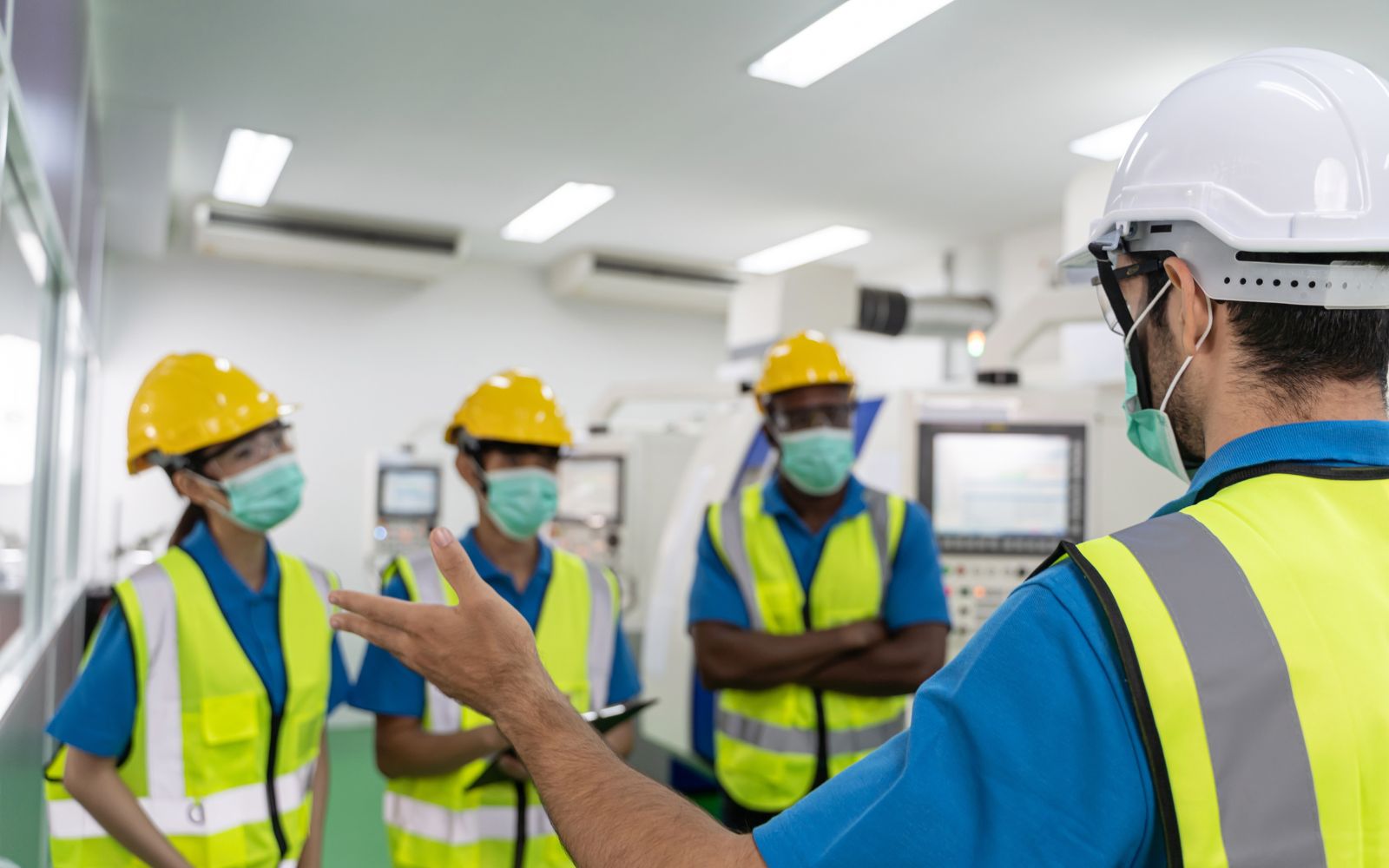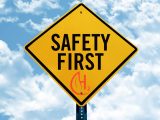
7 Common Healthcare Construction Mistakes And How To Avoid Them
April 5, 2023There are many things that you need to be aware of in construction projects. However, when you’re working on such a project in the healthcare industry, you need to be even more careful. If your project takes place at a medical facility that already exists, it’s important that you consider all the staff and patients that might need to access the building. After all, there might be surgeries that need to take place, or people might come in with an emergency. So, when you’re planning the project, make sure that the facility can keep running and that all the patients and staff can stay safe. At the same time, you need to ensure that the project follows all the regulations and is up to standard. Then, you might be able to create a place where patients will be able to get the help they need. Our tips will help you to understand some of the common healthcare construction mistakes and how to avoid them.
Involve The Right People In The Process
Every construction project needs an architect, a project manager, administrators, and a facilities team. But when you’re about to bring your skills into the healthcare industry, you should collaborate with people like:
- Department heads
- Floor managers
- Nurses
And if the occasion calls for it, you might want to turn to the organization’s IT teams, engineers, or maintenance teams. With their expertise, you might be able to make your project more efficient and minimize any disruptions that might occur. They might be able to tell you where you can draw the power from and point you to some of the elements that could be essential to the process. If the facility has any rooms that are used by people from more departments, make sure that you get their input on what needs to be done. Including such people in the decision-making process might help you to avoid some unexpected situations, delays, or changes in orders.
Consider All The Equipment And Furniture Carefully
The right equipment and furniture are essential to keep the medical facility running well. So, when you’re working on a construction project in healthcare, you need to consider such things beforehand. To examine their patients, doctors might often use large equipment such as MRI machines. In the planning stage, you need to take into account the dimensions of such machines and ensure that you can bring them in through the door. You should also make sure that you equip the facility with suitable furniture, such as hospital beds and other accessories to help the patients, like recliners or carts. You should have the same considerations for all the areas in the medical facility and furnish the waiting rooms properly. And to create a productive working environment for the staff, you should pay attention to the administrative offices, too. While these tips might seem silly to seasoned healthcare construction professionals, you might make such mistakes if you don’t have as much experience and need to try your best to avoid them.
Maintain Strong Communication Throughout The Process
Most mistakes in construction projects can be a result of miscommunication. To make sure that your project goes well and you reach the desired outcome, make sure that everyone involved has the right means to convey their messages. One of the benefits of healthcare project management software from providers like Kahua is that it could be much easier for the team to see the progress of the project and avoid any misunderstandings. If the construction workers notice any mistakes or problems, you should encourage them to speak up as soon as possible. That might help you to prevent more serious mistakes that might put the patients or staff in danger in the future. With clear and honest communication, it might become easier to mitigate any risks before they develop into a more severe problem and push the damage to the minimum.

Work With An Experienced Construction Manager
Working in the healthcare industry is completely different from any other construction projects that you might get involved in throughout your career. And if you hire a construction manager who doesn’t have any experience with similar projects, you might need to deal with serious mistakes and severe disruptions. In the end, you might need to stretch the budget and pay way more than you expected. On the other hand, construction managers who already have plenty of experience working on projects in the healthcare industry might help you to make the entire process more efficient. They might already know all the necessary regulations and who to ask for help if they have any questions. With all the experience under their belt, they might also be more proactive when it comes to mitigating risks and know which stakeholders need to be involved in the process. Teams that often work in hospitals and other medical facilities could help you to stay within the budget and fulfill all the expectations and requirements at a high standard.
Think About The Supply Chain And Delivery Times
When coming up with the timeline of the project, you should factor in any disruptions that might take place in the supply chain. Whether you need flooring, furniture, air handling equipment, or supplies to work with electricity, you might have to wait for an extended period of time. So, you need to consider these times if you want to create a realistic timeline. Expecting delays and including them in your plans might help you to deliver the project on time and avoid disappointing the clients or spending more money than you should. When you plan the project well, you might be able to encourage the workers to become more efficient and ensure that the facility will be able to keep the staff and patients safe.

Protect The Staff And Patients At The Facility
Before the work on the project start, you should make sure that all the construction workers go through training on infection control measures. The facility’s infectious control professional should help the construction manager to conduct an Infection Control Risk Assessment. That way, the crew could learn about all the necessary sterilization procedures and fulfill the ventilation requirements for every room and area in the building. To keep the environment as safe as possible, you should try to minimize the amount of dust and debris that could put patients in danger. And this is another reason why you should work with people who already have an experience in the industry – they should be aware of the procedures and know how to protect the site from dust. They should also know about the right infection control measures and what they need to avoid.
Adhere To Safety Protocols
To conclude, construction projects in the healthcare industry are much different from the ones that come to your company on a regular basis. And while there are things that need more attention and specialization, there is one thing you need to remember for every construction project – and that is to adhere to safety protocols. When you bring your work to a medical environment, you need to protect the patients and staff. But at the same time, you need to think about the safety of the construction workers. Sticking to the right procedures might help you to avoid any unpleasant incidents and make the process more efficient. With proper staff training and support, you might be able to motivate the workers towards better results and help them to complete their work faster and up to standard. And most importantly, encourage your team to communicate with each other. Because, in the end, that’s what could help you to mitigate risks and stay within the set budget.



 With over 15 years of reporting hydrogen news, we are your premier source for the latest updates and insights in hydrogen and renewable energy.
With over 15 years of reporting hydrogen news, we are your premier source for the latest updates and insights in hydrogen and renewable energy.